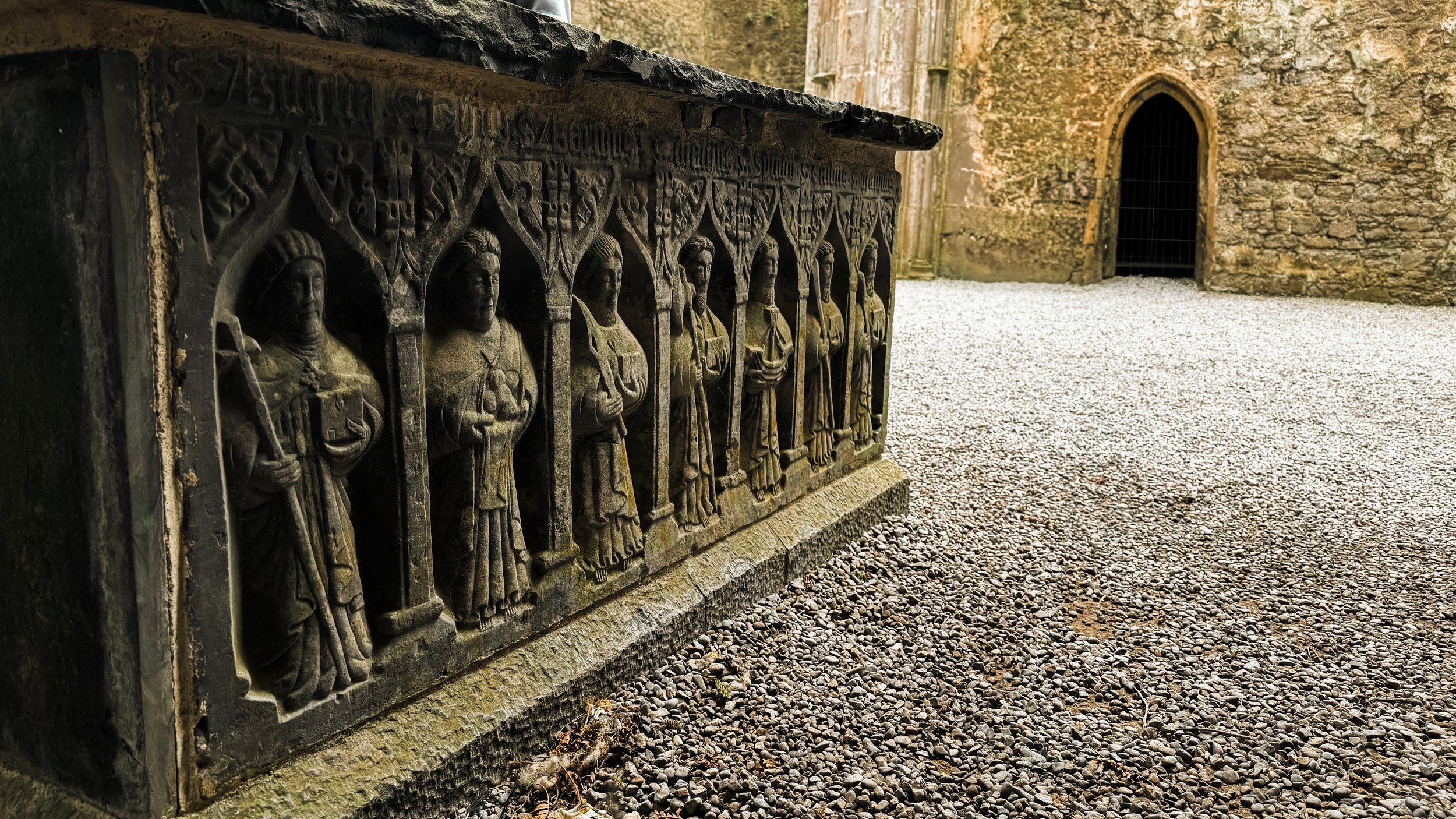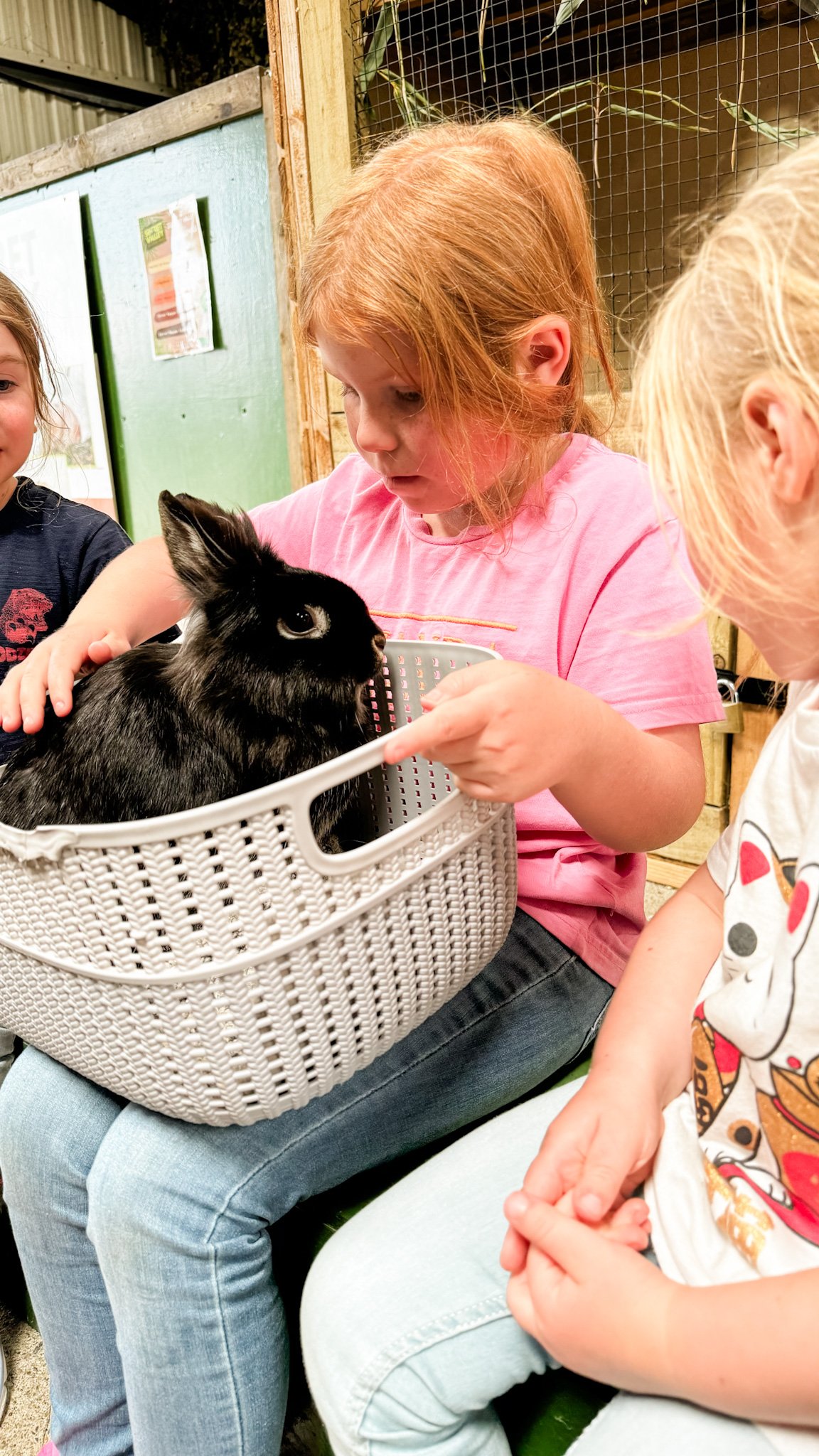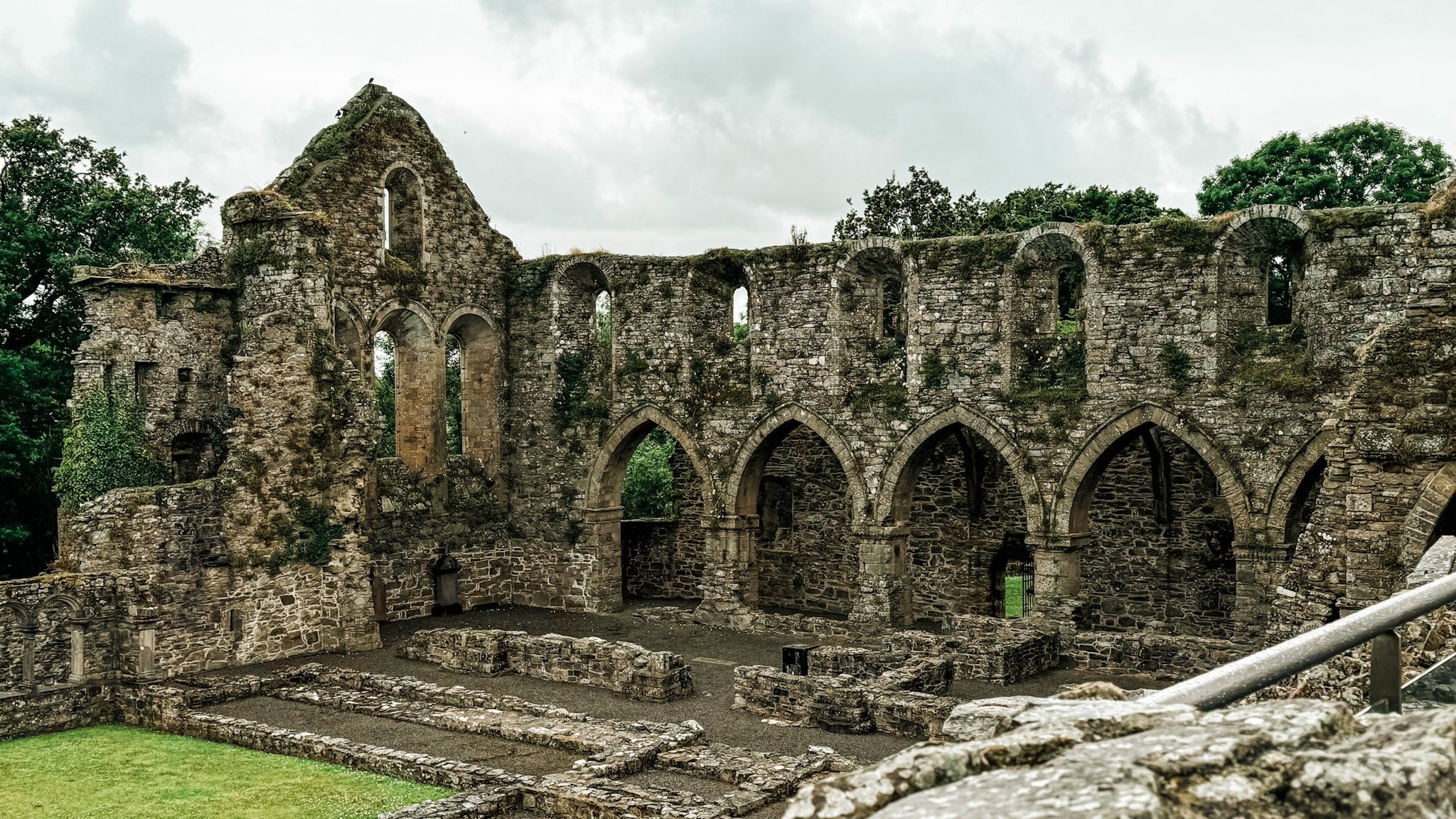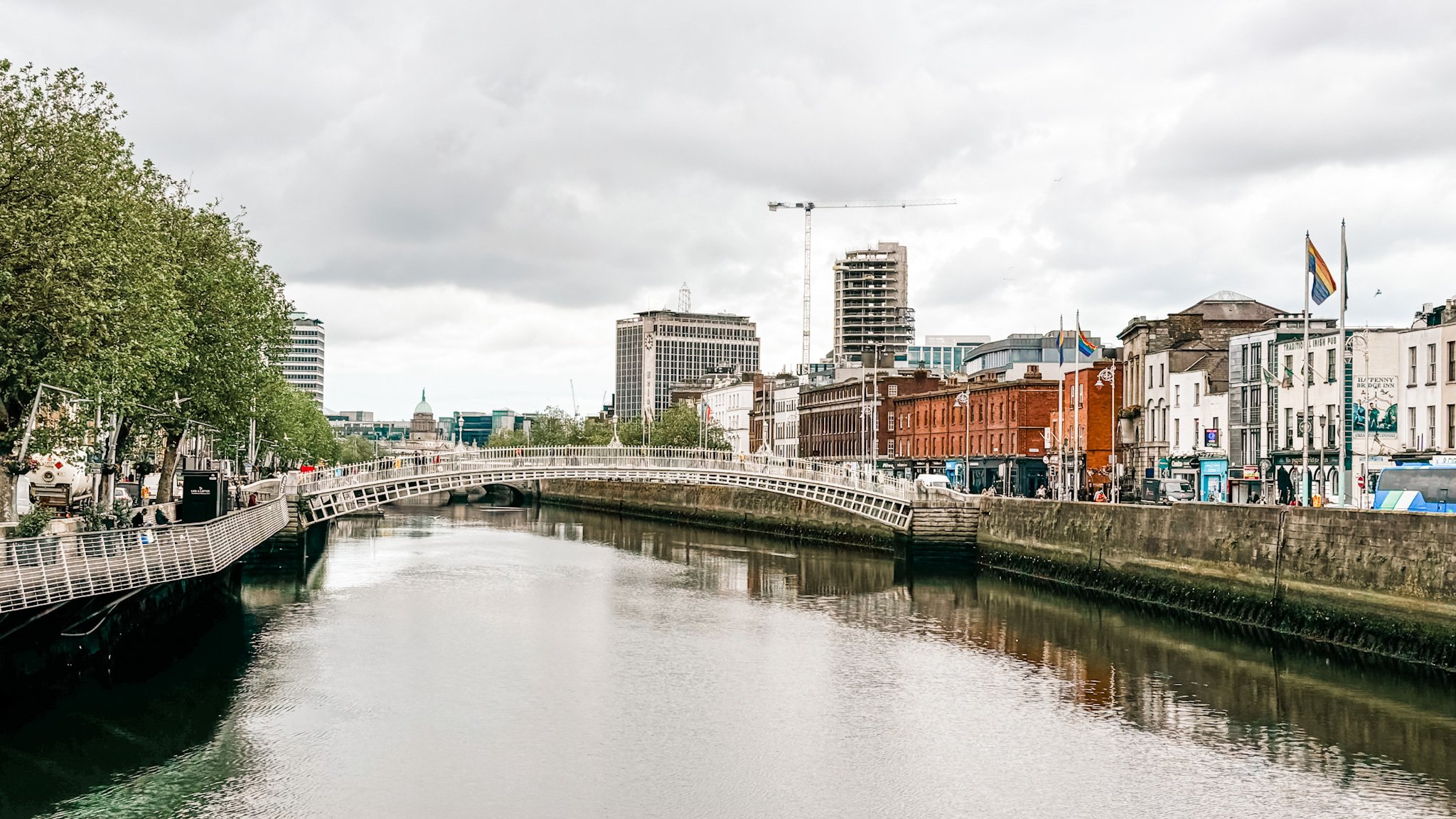The Rock of Cashel is truly a magical sight. Perched high on a rocky limestone hill, it looms over the town of Cashel and is steeped in the legends and history of ancient Ireland. Also known as St Patrick’s Rock, it is said to be the place where St. Patrick converted the King of Munster to Christianity in the 5th century. The site features a collection of remarkable buildings, including a round tower, a high cross, Cormac's Chapel, and the imposing cathedral.
We visited The Rock of Cashel on our way down to stay in Cork for 2 nights. It’s set on the edge of the small town of Cashel and it is popular with tour groups. We didn’t book in advance but we had no problems arriving and paying the admission fee, which is about 8 euro for adults but children under 12 are free. We didn’t do the free tour that is available, however in hindsight I wish we did.
The cathedral, constructed in the 13th century, is so vast and cavernous, it exemplifies Gothic architecture with its towering arches and expansive nave.
The round tower is even older, dating back to the 12th century. It stands 28 meters tall and is remarkably well-preserved, previously having served as a lookout and refuge.
For an additional cost you can enter Cormac's Chapel, which was built between 1127 and 1134. It is a masterpiece of Hiberno-Romanesque architecture, featuring intricate stone carvings and the remnants of vibrant frescoes.
The Rock of Cashel offers a panoramic view of the surrounding countryside and just down below is the ruins of Hore Abbey. Hore Abbey was founded in 1272 and inhabited for the next 300 years, The ruins today make for an added bonus when visiting The Rock of Cashel and offers a great vantage point of The Rock, high in the hill in the distance. It is only a short walk from The Rock; its open to the public and is free to enter. Hore Abbey sits in the middle a field with cattle so you may need to walk past some cows to get there.
I would say that The Rock of Cashel is a must see place to visit in Ireland. It offers a captivating glimpse into Ireland's architectural and religious heritage, attracting visitors with its impressive ruins and panoramic views of the surrounding countryside. We also enjoyed wandered around the quaint little town of Cashel too.
If you have more time in Cashel, there is the Cashel Folk Village, which is a museum covering various periods of Irish history, including the famine and the War of Independence.



























































































